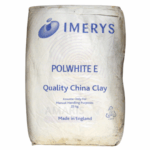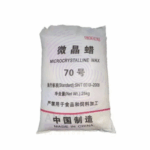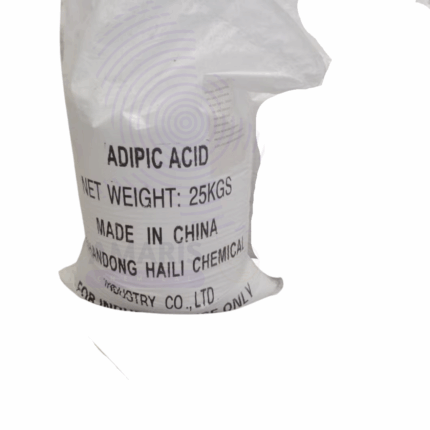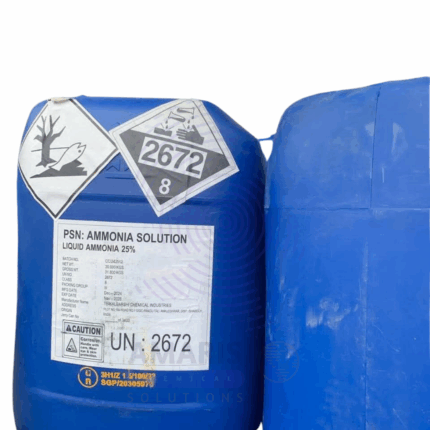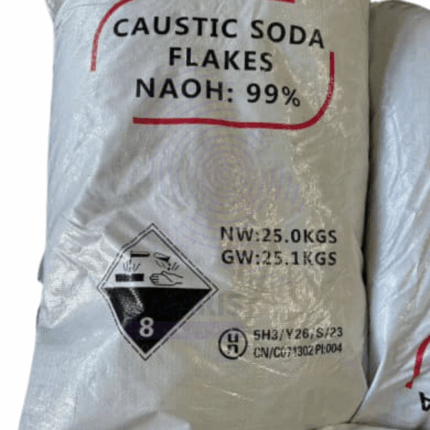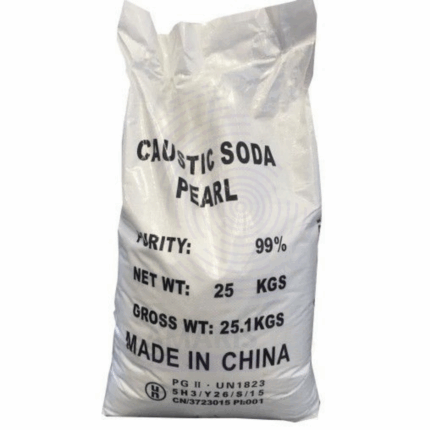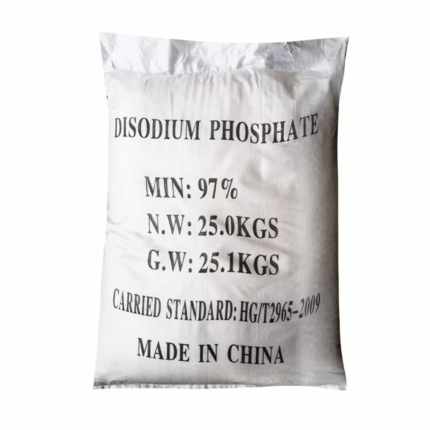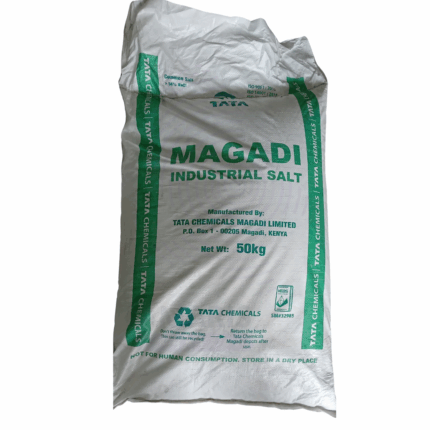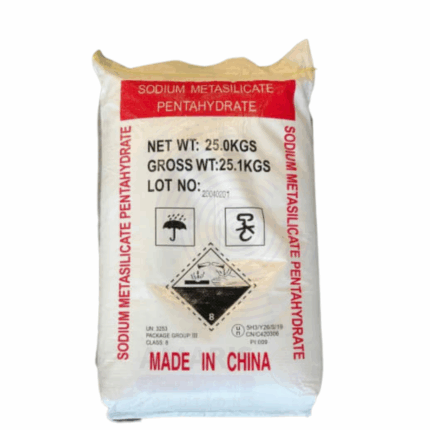Bentonite Powder
Whatsapp Order
Bentonite powder is a naturally occurring absorbent clay primarily composed of montmorillonite, a type of smectite clay mineral. It exhibits excellent swelling and water absorption properties, making it highly versatile in industrial and commercial applications. Bentonite forms a gel-like substance when mixed with water, which imparts viscosity and plasticity. It is used extensively for its binding, sealing, and adsorptive characteristics. Its fine powder form allows for easy incorporation in various processes including drilling, foundry, cosmetics, pharmaceuticals, and agriculture.
Description
Table of Contents
Toggle
Bentonite Powder
Primary Uses
- Drilling Industry:
- Used as a drilling mud additive to lubricate and cool drill bits, remove cuttings, and stabilize boreholes. The swelling nature helps prevent fluid loss.
- Foundry:
- Acts as a binder in mold and core sands to improve mold strength and surface finish during metal casting.
- Cosmetics & Personal Care:
- Used as a thickener, absorbent, and cleansing agent in facial masks, powders, and creams for skin detoxification.
- Pharmaceuticals:
- Used as an excipient, adsorbent, and anti-caking agent in medicinal formulations. Also applied in antidiarrheal products for its absorbent properties.
- Agriculture:
- Improves soil water retention, controls erosion, and acts as a carrier for pesticides and fertilizers.
- Pet Care:
- Common ingredient in cat litter due to its clumping and odor-absorbing abilities.
Secondary Uses
- Environmental:
- Used in waste water treatment as a flocculant and for heavy metal adsorption.
- Construction:
- Utilized as a waterproofing agent in sealing ponds, landfills, and foundations.
- Food Industry:
- Used as a clarifying agent in wine, juice, and vinegar production.
- Industrial Applications:
- Serves as a binder in pharmaceuticals, paints, adhesives, and ceramics manufacturing.
- Animal Feed:
- Acts as an anti-caking agent and mycotoxin binder in livestock feed.
KEY PRODUCT FEATURES
1. Basic Identification Attributes
- Chemical Name (IUPAC): Sodium calcium aluminum magnesium silicate hydrate (varies by type)
- Common/Trade Name: Bentonite Powder
- CAS Number: 1302-78-9
- HS Code: 2508.10.00
- Molecular Formula: (Na,Ca)₀.₃(Al,Mg)₂Si₄O₁₀(OH)₂·nH₂O (varies)
- Synonyms: Montmorillonite clay, swelling clay, sodium bentonite, calcium bentonite
2. Physical & Chemical Properties
- Physical State: Fine powder
- Color & Odor: Off-white to pale gray, odorless
- Particle Size: Typically <75 microns
- Specific Gravity: 2.5–2.8
- Swelling Capacity: High, can swell several times its dry volume in water
- Solubility: Insoluble in water, disperses to form colloidal suspension
- pH (1% suspension): 8–10 (alkaline)
- Thermal Stability: Stable up to ~800°C before decomposition
3. Safety & Hazard Attributes
- Hazard Class (GHS): Not classified as hazardous
- NFPA Ratings: Health 1, Flammability 0, Reactivity 0
- Exposure Limits: OSHA PEL = 15 mg/m³ (total dust), ACGIH TLV = 10 mg/m³ (respirable dust)
- Reactivity: Chemically inert under normal conditions
- Incompatibilities: Strong acids and alkalis can alter clay structure
4. Storage & Handling Attributes
- Storage Conditions: Store in dry, well-ventilated areas to avoid moisture absorption and caking
- Container Type: Sealed bags or drums, moisture-proof packaging preferred
- Shelf Life: Indefinite if kept dry and uncontaminated
- Special Handling: Minimize dust generation; use dust masks in dusty environments
5. Regulatory & Compliance Attributes
- Regulatory Status: Generally recognized as safe for many uses (e.g., FDA approved for food contact)
- Transportation: Non-hazardous material
- Waste Disposal: Dispose in accordance with local environmental regulations
6. Environmental & Health Impact
- Ecotoxicity: Low toxicity to aquatic life; biodegradable
- Persistence: Naturally occurring mineral, stable in environment
- Carcinogenicity/Mutagenicity: Not classified as carcinogenic
- Biodegradability: Inorganic mineral, not biodegradable but environmentally benign
SAFETY HANDLING PRECAUTIONS
Safety Handling Precautions
- PPE: Use gloves, dust masks or respirators, and safety goggles when handling powder to prevent inhalation and eye contact.
- Dust Control: Employ local exhaust ventilation and dust suppression techniques.
- Hygiene: Avoid inhalation of dust; wash hands after use; no eating or smoking in work areas.
- Storage: Keep dry to avoid clumping and microbial growth.
First Aid Measures
- Inhalation: Move to fresh air; seek medical attention if respiratory symptoms develop.
- Skin Contact: Wash skin thoroughly with soap and water; seek medical advice if irritation occurs.
- Eye Contact: Rinse eyes with plenty of water for at least 15 minutes; seek medical attention if irritation persists.
- Ingestion: Rinse mouth with water; seek medical advice if large quantities ingested.
Firefighting Measures
- Fire Hazards: Non-flammable; dust may present minor explosion hazard in high concentrations.
- Extinguishing Media: Use water spray, foam, dry chemical, or CO₂ as appropriate for surrounding fire.
- Special Precautions: Avoid creating dust clouds; wear protective equipment to prevent inhalation.
Related products
Adipic Acid
$ 3.20
Ammonia solution
Ammonia solutions, often referred to as aqueous ammonia or ammonium hydroxide, are clear, colorless liquids consisting of ammonia gas dissolved in water. The concentration of ammonia in these solutions typically ranges from 5% to 35% by weight. Ammonia solutions possess a pungent odor characteristic of ammonia gas and are alkaline with a pH typically between 11 and 12.5. This solution is widely used across various industries due to its excellent cleaning properties, reactivity, and role as a nitrogen source.
Caustic Soda Flakes
Caustic Soda Flakes, also known as Sodium Hydroxide Flakes (NaOH), are a highly alkaline, white, solid substance that is crystalline and flaky in form. Produced by evaporating aqueous sodium hydroxide solutions, these flakes are highly soluble in water and exhibit strong corrosive properties. Caustic Soda Flakes are widely used in a variety of industrial, chemical, and manufacturing processes due to their strong alkalinity, ability to saponify fats, and effectiveness in pH adjustment. Their high purity and ease of handling in flake form make them suitable for use in chemical synthesis, pulp and paper production, water treatment, and detergent manufacturing.
Caustic Soda Pearls
Caustic Soda Pearls are small, solid, spherical particles of sodium hydroxide (NaOH) produced by a controlled cooling and solidification process. These pearls offer superior flowability, uniform size distribution, and reduced dust generation compared to flake or powder forms. They are highly soluble in water, exhibiting a strong alkaline nature with vigorous exothermic dissolution. Caustic Soda Pearls are widely used across industries including chemical manufacturing, water treatment, pulp and paper processing, and detergents due to their purity, ease of handling, and efficient dissolution characteristics.
Disodium Phosphate
Disodium Phosphate, also known as sodium phosphate dibasic, is an inorganic compound widely used for its buffering, emulsifying, and chelating properties. It commonly appears as a white, odorless crystalline powder or granules that are highly soluble in water and alkaline in nature. Disodium Phosphate plays a vital role in regulating pH, improving stability in formulations, and providing essential sodium and phosphate ions. It finds extensive use across food processing, pharmaceuticals, water treatment, agriculture, and industrial applications.
Industrial Salt
Industrial Salt, chemically known as Sodium Chloride (NaCl), is a high-purity crystalline compound widely used across industrial, chemical, agricultural, and water treatment applications. It appears as white to off-white crystalline granules or powder, depending on the grade and particle size. Industrial Salt is an essential raw material in numerous chemical processes, including chlor-alkali production, de-icing, textile dyeing, and water softening. Its versatility and cost-effectiveness make it indispensable in large-scale operations.
Soda Ash Light Bag
Soda Ash Light Bag, also known as sodium carbonate light, is a white, odorless, granular or powdered chemical with high solubility in water. It is widely used in industries as a key raw material for manufacturing glass, detergents, and chemicals. The light grade features finer particle size and lower bulk density compared to dense soda ash, making it suitable for applications requiring rapid dissolution and uniform mixing. Soda Ash Light plays a crucial role in pH regulation, water softening, and as an alkalizing agent across diverse sectors.
Sodium Metasilicate Pentahydrate
Sodium Metasilicate Pentahydrate is a white crystalline solid containing five molecules of water of crystallization. It is widely used for its alkaline and detergent properties, making it effective in cleaning, water treatment, and as a corrosion inhibitor. The pentahydrate form is commonly preferred in detergent and industrial applications where controlled moisture content is beneficial. It dissolves readily in water, forming strongly alkaline solutions useful in various industries.


 Preservatives(food)
Preservatives(food) Flavor Enhancers
Flavor Enhancers Acidulants
Acidulants Sweeteners
Sweeteners Antioxidants
Antioxidants Colorants(food)
Colorants(food) Nutraceutical Ingredients (food)
Nutraceutical Ingredients (food) Nutrient Supplements
Nutrient Supplements Emulsifiers
Emulsifiers
 Collectors
Collectors Dust Suppressants
Dust Suppressants Explosives and Blasting Agents
Explosives and Blasting Agents Flocculants and Coagulants
Flocculants and Coagulants Frothers
Frothers Leaching Agents
Leaching Agents pH Modifiers
pH Modifiers Precious Metal Extraction Agents
Precious Metal Extraction Agents
 Antioxidants(plastic)
Antioxidants(plastic) Colorants (Pigments, Dyes)
Colorants (Pigments, Dyes) Fillers and Reinforcements
Fillers and Reinforcements Flame Retardants
Flame Retardants Monomers
Monomers Plasticizers
Plasticizers Polymerization Initiators
Polymerization Initiators Stabilizers (UV, Heat)
Stabilizers (UV, Heat)
 Antifoaming Agents
Antifoaming Agents Chelating Agents
Chelating Agents Coagulants and Flocculants
Coagulants and Flocculants Corrosion Inhibitors
Corrosion Inhibitors Disinfectants and Biocides
Disinfectants and Biocides Oxidizing Agents
Oxidizing Agents pH Adjusters
pH Adjusters Scale Inhibitors( water)
Scale Inhibitors( water)
 Antioxidants(cosmetic)
Antioxidants(cosmetic) Emollients
Emollients Fragrances and Essential Oils
Fragrances and Essential Oils Humectants
Humectants Preservatives
Preservatives Surfactants(cosmetic)
Surfactants(cosmetic) Thickeners
Thickeners UV Filters
UV Filters
 Fertilizers
Fertilizers Soil Conditioners
Soil Conditioners Plant Growth Regulators
Plant Growth Regulators Animal Feed Additives
Animal Feed Additives Biostimulants
Biostimulants Pesticides (Herbicides, Insecticides, Fungicides)
Pesticides (Herbicides, Insecticides, Fungicides)
 Active Pharmaceutical Ingredients (APIs)
Active Pharmaceutical Ingredients (APIs) Excipients
Excipients Solvents(pharmaceutical)
Solvents(pharmaceutical) Antibiotics
Antibiotics Antiseptics and Disinfectants
Antiseptics and Disinfectants Vaccine Adjuvants
Vaccine Adjuvants Nutraceutical Ingredients (pharmaceutical)
Nutraceutical Ingredients (pharmaceutical) Analgesics & Antipyretics
Analgesics & Antipyretics
 Analytical Reagents
Analytical Reagents Solvents(lab)
Solvents(lab) Chromatography Chemicals
Chromatography Chemicals Spectroscopy Reagents
Spectroscopy Reagents microbiology-and-cell-culture-reagents
microbiology-and-cell-culture-reagents Molecular Biology Reagents
Molecular Biology Reagents Biochemical Reagents
Biochemical Reagents Inorganic and Organic Standards
Inorganic and Organic Standards Laboratory Safety Chemicals
Laboratory Safety Chemicals Specialty Laboratory Chemicals(Special Laboratory Equipment)
Specialty Laboratory Chemicals(Special Laboratory Equipment)
 Demulsifiers
Demulsifiers Hydraulic Fracturing Fluids
Hydraulic Fracturing Fluids Scale Inhibitors(oil)
Scale Inhibitors(oil) Surfactants(oil)
Surfactants(oil) Drilling Fluids
Drilling Fluids
 Dyes and Pigments
Dyes and Pigments Bleaching Agents
Bleaching Agents Softening Agents
Softening Agents Finishing Agents
Finishing Agents Antistatic Agents
Antistatic Agents
 Admixtures
Admixtures Waterproofing Agents
Waterproofing Agents Sealants and Adhesives
Sealants and Adhesives Curing Compounds
Curing Compounds Concrete Repair Chemicals
Concrete Repair Chemicals Anti-Corrosion Coatings
Anti-Corrosion Coatings
 Surfactants(cleaning)
Surfactants(cleaning) Builders
Builders Enzymes
Enzymes Solvents (Cleaning)
Solvents (Cleaning) Fragrances
Fragrances
 Electronic Chemicals
Electronic Chemicals Catalysts
Catalysts Lubricants
Lubricants Photographic Chemicals
Photographic Chemicals Refrigerants
Refrigerants Automotive chemicals
Automotive chemicals Pyrotechnic Chemicals
Pyrotechnic Chemicals
 Biodegradable Surfactants
Biodegradable Surfactants Bio-based Solvents
Bio-based Solvents Renewable Polymers
Renewable Polymers Carbon Capture Chemicals
Carbon Capture Chemicals Wastewater Treatment Chemicals
Wastewater Treatment Chemicals
 Pigments
Pigments Solvents(paint)
Solvents(paint) Specialty Coatings
Specialty Coatings Binders/Resins
Binders/Resins Additives
Additives Driers
Driers Anti-Corrosion Agents
Anti-Corrosion Agents Functional Coatings
Functional Coatings Application-Specific Coatings
Application-Specific Coatings
 Fresh Herbs
Fresh Herbs Ground Spices
Ground Spices Whole Spices
Whole Spices Spice Blends
Spice Blends Dried Herbs
Dried Herbs
 Leavening Agents
Leavening Agents Dough Conditioners
Dough Conditioners Flour Treatments
Flour Treatments Fat Replacers
Fat Replacers Decoratives
Decoratives Preservatives(baking)
Preservatives(baking)
 Plasticizers & Softeners
Plasticizers & Softeners Reinforcing Agents
Reinforcing Agents Adhesion Promoters
Adhesion Promoters Vulcanizing Agents
Vulcanizing Agents Antidegradants
Antidegradants Blowing Agents
Blowing Agents Fillers & Extenders
Fillers & Extenders Accelerators & Retarders
Accelerators & Retarders
